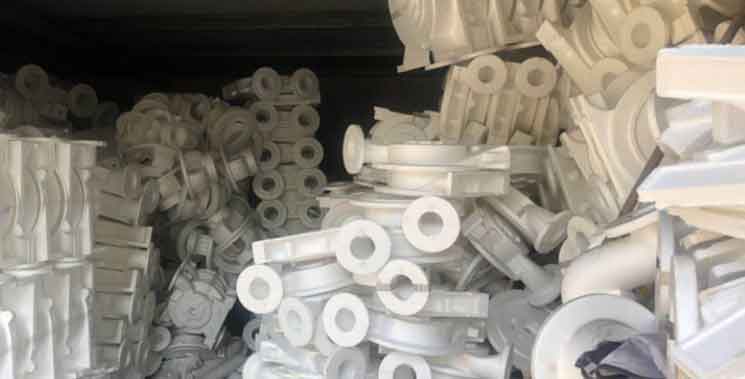Enhancing productivity in lost foam casting involves minimizing defects and maximizing yield. Here are some strategies to achieve these goals:

- Process Optimization:
- Conduct a thorough analysis of the casting process to identify areas of improvement and optimize process parameters.
- Use simulation software to simulate and optimize the entire casting process, including filling, solidification, and cooling.
- Optimize the pouring system, gating design, and riser layout to ensure proper metal flow, minimize turbulence, and promote uniform filling of the mold.
- Optimize the foam pattern design to achieve the desired dimensional accuracy, minimize distortion, and facilitate easy removal.
- Pattern Quality and Consistency:
- Ensure high-quality foam patterns with consistent density, dimensional accuracy, and surface finish.
- Implement quality control measures to monitor and maintain the foam pattern properties within specified tolerances.
- Use high-quality pattern materials and properly store them to prevent degradation.
- Mold Preparation and Coating:
- Properly prepare the mold surface by cleaning, sandblasting, or other methods to ensure good adhesion of the mold coating.
- Apply a high-quality mold coating with consistent thickness to ensure a smooth and defect-free surface finish.
- Regularly inspect and maintain the mold coating to prevent degradation and ensure consistent performance.
- Mold Assembly and Compaction:
- Ensure proper alignment and assembly of mold components to prevent misalignment or shifting during pouring.
- Implement appropriate compaction techniques to achieve uniform and adequate mold density, ensuring good replication of pattern details and minimizing defects.
- Metal Handling and Pouring:
- Maintain consistent and controlled pouring temperature and rate to avoid metal-related defects such as shrinkage or misruns.
- Minimize turbulence during pouring by using appropriate pouring techniques and gating systems.
- Implement effective metal handling practices to ensure clean and contamination-free metal.
- Quality Control and Inspection:
- Implement rigorous quality control measures at various stages of the casting process, including pattern inspection, mold inspection, and final casting inspection.
- Use non-destructive testing methods such as X-ray, ultrasonic testing, or dye penetrant testing to detect internal defects or inconsistencies.
- Establish clear acceptance criteria for quality control and conduct regular inspections to ensure compliance.
- Defect Analysis and Root Cause Identification:
- Analyze any defects that occur during the casting process and identify their root causes.
- Implement corrective actions based on the findings to eliminate or minimize the recurrence of defects.
- Maintain records of defect analysis and corrective actions taken for future reference and continuous improvement.
- Training and Skill Development:
- Provide comprehensive training to operators and technicians involved in the lost foam casting process.
- Ensure that employees have a solid understanding of the process, quality requirements, and defect prevention techniques.
- Continuously invest in skill development to enhance the capabilities and knowledge of the workforce.
- Continuous Improvement:
- Foster a culture of continuous improvement by encouraging employee feedback and suggestions for process enhancement.
- Regularly review and analyze production data to identify areas for improvement and implement corrective actions.
- Benchmark against industry best practices and stay updated with the latest advancements in lost foam casting technology.
By implementing these strategies, manufacturers can enhance productivity, minimize defects, and maximize yield in the lost foam casting process. Continuous improvement and a strong focus on quality control are key to achieving these objectives.
